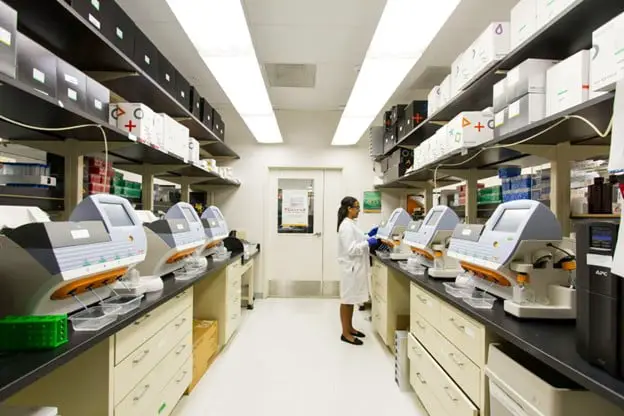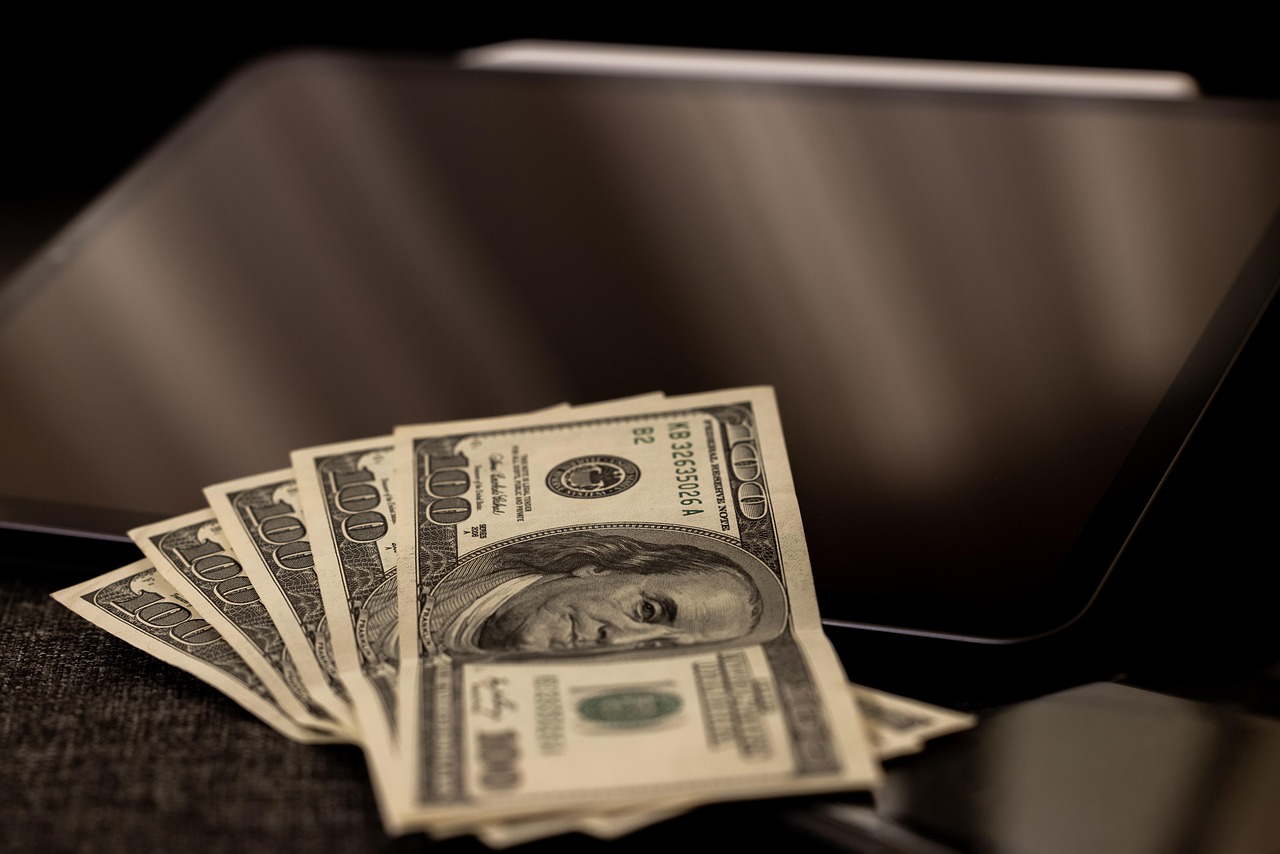How Thieves Steal Your Information: Protect Yourself from Credit Card Skimming


In today’s digital world, credit card skimming is a big worry for consumers. Thieves use smart ways to take your personal and financial info, often without you knowing. Knowing how they do it is key to keeping your money safe.
Contents
ToggleCredit card skimming is a fraud where thieves use special devices to grab your card’s magnetic strip data. They can then use this info to make fake purchases, empty your account, or create fake cards. You’re at risk in many places, like ATMs, gas stations, stores, and online.
Key Takeaways
- Credit card skimming is a common fraud trick used by thieves to steal your info.
- Skimming devices are put on ATMs, gas pumps, and other places where you pay to grab your card data.
- Thieves also use online tricks, like e-skimming and malware, to steal info from people who aren’t careful.
- It’s important to know the signs of skimming and handle your cards safely to protect yourself.
- Stay alert, watch your accounts, and tell your bank and the police if you see anything odd to fight credit card skimming.
Understanding Credit Card Skimming
In today’s digital world, credit card skimming is a big worry for both consumers and banks. This sneaky trick uses skimming devices on payment spots like ATMs or gas pumps. These devices grab the card info of people who don’t know they’re being watched.
What is Credit Card Skimming?
Credit card skimming means thieves get your card information like the number, expiration date, and personal details without you knowing. They use this info for identity theft or scams, causing big financial trouble for you.
Types of Skimming Devices
Skimmers can look like small covers for ATM or gas pump slots or hidden cameras to catch your PIN. Some are even inside the payment terminal, grabbing data with malware. Others send stolen card information wirelessly to a device nearby.
Spotting these skimming devices is hard because they look just like the real thing. Being careful and alert helps you spot them and keep your info safe from identity theft.
Knowing how credit card skimming works and the tools thieves use helps you protect your financial info. This way, you can avoid falling into this sneaky scam.
How Online Thieves are Skimming Your Info
Online thieves have found new ways to steal your credit card info. They use credit card skimming techniques, targeting ATMs and card readers. But they also have ways to skim your data online.
E-skimming is a new threat. Hackers put harmful code on websites to steal your credit card information and personal information when you pay online. They can use your card info for fraud without taking your card.
Scammers also use phishing to get your card reader details. They make fake websites that look like real stores or payment sites. This can put your credit card information at risk.
To stay safe, be careful when shopping online. Use contactless payments when you can. They’re safer because you don’t have to give your card info. Watch your ATM and card transactions closely. Tell your bank about any strange activity right away.
Stay informed and use safe online habits to protect your financial info. Being careful and taking steps to stay safe is key in today’s world of online threats.
Signs of Potential Skimming Activity
It’s important to watch for signs of credit or debit card skimming to keep your financial info safe. Thieves are always finding new ways to steal your data. Knowing what to look for can help you spot a skimmer.
Suspicious ATM or Gas Pump Behavior
Be careful when using an ATM or gas pump. Look for anything that seems off. Here are some things to notice:
- Loose or damaged card readers, keypads, or panels on the machine
- Unusual bulges, attachments, or adhesive residue around the card slot or other areas
- Difficulty inserting your credit or debit card into the machine
- Unusually long wait times or delays when swiping your card
- Suspicious security camera placement or the absence of surveillance equipment
If you see any of these signs, don’t use that ATM or gas pump. Report it to the bank or the machine’s owner instead.
| Suspicious Behavior | Potential Skimming Indicator |
|---|---|
| Loose or damaged card readers, keypads, or panels | These can be signs that a skimming device has been installed |
| Unusual bulges, attachments, or adhesive residue | Skimmers are often attached to the machine using adhesive or small attachments |
| Difficulty inserting your credit or debit card | This could indicate the presence of a skimmer obstructing the card slot |
| Unusually long wait times or delays | Skimming devices can slow down the card swiping process |
| Suspicious security camera placement | Thieves may try to conceal cameras to capture your card details and PIN |
Stay alert and know what to look for to protect your card info. This way, you can reduce the chance of falling victim to fraud.
Protecting Yourself from Card Skimmers
Staying alert and taking steps to protect your financial info is key in fighting skimming. By knowing the risks and handling your cards safely, you can lower the chance of falling victim to this sneaky fraud.
Secure Card Handling Practices
Being careful with your credit or debit card is crucial in fighting skimming. Always watch your surroundings and check the card slot or point-of-sale terminal before using it. If something looks off, like loose parts, don’t use it and tell the authorities right away.
Also, be cautious of card skimmers at credit union ATMs or gas pumps. Before putting in your card, pull on the card reader to make sure it’s secure. If it seems wrong, don’t use it and tell the credit union or gas station people.
Using Contactless Payments
Contactless payments, like mobile wallets and tap-to-pay cards, are a good way to avoid skimming. These methods use strong encryption and don’t need the magnetic strip or card slot. So, they make skimming at the checkout less of a problem. Using these payments means you can pay easily without risking your info to skimming fraud.
Being proactive with how you use your cards and choosing contactless payments can really help stop fraudsters from getting your financial info through skimming.
Identifying Skimming Devices
Keeping your debit or credit card information safe means being alert. A key step is knowing how to spot skimming devices that steal cardholder data. These devices can look like part of ATM machines or other payment terminals. By recognizing the signs of credit card cloning, you can protect your money and avoid scams.
A common sign of a skimming device is a fake card reader. It looks like it belongs to the ATM or terminal. These devices fit over the real card slot to capture your debit or credit card information when you insert your card. Check the card reader for any signs of tampering, like a loose part, color changes, or a look that doesn’t fit with the machine.
Also, watch out for hidden cameras or pinhole lenses near the keypad. These are used by skimming criminals to record your PIN as you type it. Look for any unusual or hidden devices that might be watching you.
| Telltale Signs of Skimming Devices | Description |
|---|---|
| Unusual Card Reader | Protruding, loose, or discolored card reader that doesn’t match the rest of the machine |
| Hidden Cameras | Pinhole lenses or concealed devices near the keypad, designed to record your PIN entry |
| Suspicious Keypad | Keypad that feels loose, has an unusual texture, or appears to be a separate component |
| Bulky or Oversized Components | ATM or payment terminal parts that seem larger or bulkier than normal |
Stay alert and trust your gut feeling. If an ATM machine or payment terminal looks off or has strange parts, don’t use it. Report any concerns to the right authorities or the bank that owns the device.
Responding to Suspected Skimming Incidents
If you think your credit or debit card info was stolen due to a skimming incident, act fast. This is key to protect your money and personal info. The first step is to call your bank or credit card company right away.
Contacting Your Financial Institution
Call your bank or credit card company if you suspect a skimming incident. Tell them about your concerns and share any details you have. This helps your bank take quick steps to protect your accounts and stop fraudulent transactions.
- Notify your bank or credit card company about the suspected card information using incident.
- Provide any relevant details, such as the location, date, and time of the suspected thieves go skimming activity.
- Request a fraud alert to be placed on your accounts and a new payment card to be issued.
- Monitor your accounts closely for any online shopping or account information unauthorized activity.
- Follow the instructions provided by your financial institution to use credit and protect your accounts.
Reporting the suspected skimming incident quickly can help prevent fraudulent transactions. It also keeps your financial well-being safe.
| Action | Reason |
|---|---|
| Call your bank or credit card company | To report the suspected skimming incident and request immediate action |
| Provide details about the location, date, and time | To help your financial institution investigate the incident and identify any potential skimming devices |
| Request a fraud alert and a new payment card | To prevent unauthorized access to your accounts and limit the potential for further fraudulent activities |
| Monitor your accounts closely | To quickly identify and address any suspicious or unauthorized transactions |
The Role of Financial Institutions and Law Enforcement
Financial institutions and law enforcement are key in fighting skimming and protecting sensitive information. They work hard to find, investigate, and lessen the effects of skimming incidents. They also help consumers to be more secure.
Banks and credit card companies lead the fight against card data theft. They use top-notch fraud detection to spot suspicious actions on accounts. If they find a skimming device, they quickly secure the machines, tell customers, and give out new cards to stop more fraud.
Law agencies focus on solving credit card skimming cases and catching the crooks. They work with banks to collect evidence, track stolen social security number and card data, and break up the criminal groups. This helps catch the bad guys and stop more skimming from happening.
Working together, banks and law agencies are key in fighting credit card skimming. They share info, act together, and teach the public to protect against fraud. This helps keep people and businesses safe from the harm of skimming.
As card data theft changes, banks and law agencies must stay alert and update their plans. By teaming up and giving consumers the right info and tools, they can fight the rise of credit card skimming. This helps keep the financial security of people and communities safe across the country.
Emerging Skimming Threats and Trends
In the world of credit card fraud, staying alert is crucial. Criminals keep changing their methods, so it’s important to know the latest skimming threats and trends. E-skimming and malware attacks are now big concerns for your financial safety.
E-Skimming and Malware Attacks
E-skimming, or online skimming, uses harmful code on real websites or payment portals. This code can steal your credit or debit card information when you enter it online. Malware attacks can also infect your device, capturing your account number and card security details.
To stay safe, try to use a different card for online buys. Always check your account statements and credit reports for anything odd. If you think your card has been stolen or compromised, tell your card provider right away.
Be careful with point-of-sale (POS) systems too, as they can be targeted by skimmers. Always check ATMs and gas pumps for any signs of tampering before using them.
Knowing about the latest skimming threats and being proactive helps protect your financial info. By staying informed and taking steps to secure your data, you can lower the chance of falling victim to credit card fraud.
Securing Your Personal and Financial Information
In today’s digital world, keeping your personal and financial info safe is key to avoiding cybercrime. Thieves often try to steal your credit card info, which can lead to identity theft and financial fraud. To stay safe, it’s important to keep an eye on your accounts and credit reports.
Monitoring Accounts and Credit Reports
Looking over your bank and credit card statements often can spot suspicious activity. Watch for charges you don’t recognize or transactions you didn’t make. Also, check your credit reports to make sure no one has opened accounts in your name without your okay.
- Check your bank and credit card statements at least once a week for any unusual activity.
- Review your credit reports from the three major credit bureaus (Experian, Equifax, and TransUnion) at least once a year to identify any potential signs of identity theft.
- Consider enrolling in a credit monitoring service that can alert you to changes in your credit profile and detect any fraudulent activity.
By keeping a close watch on your accounts and credit reports, you can spot and fix any problems fast. This helps you stay ahead of credit card skimming and other cybercrime threats to your personal details.
| Monitoring Activity | Frequency | Purpose |
|---|---|---|
| Review bank and credit card statements | Weekly | Detect unauthorized charges or transactions |
| Check credit reports | Annually | Identify signs of identity theft |
| Enroll in credit monitoring service | Ongoing | Receive alerts on changes to credit profile |
By being proactive with your personal and financial information, you can shield yourself from the harm of credit card skimming and other cybercrime.
Preventive Measures for Businesses
Businesses are key in fighting credit card skimming. They can greatly lower the risk of customers’ info being stolen. This is done by using strong security steps and teaching their staff well.
Using security chips in payment devices is a top way to fight skimming. These microchips make it hard for thieves to add skimming devices without the owner knowing. It’s also important for businesses to check their payment devices often for any signs of skimming.
Training employees well is key to stopping skimming. This training helps staff spot skimming signs and report any odd behavior. They should learn to check for security codes on electronic devices and be careful about software installed they don’t know about.
Businesses should also think about using contactless payment options like tap-to-pay or mobile wallets. These methods can stop skimming by not needing customers to insert or swipe their cards. This lowers the chance of their security codes being stolen by skimming devices.
By doing these things, businesses can help stop credit card skimming. This helps protect their customers from having their financial info stolen by phishers and other cybercriminals.
Cybersecurity Best Practices
To stay ahead of credit card skimming threats, adopting strong cybersecurity habits is key. Check your financial statements often to spot any odd activity. This lets you report it to your bank right away and act fast.
Be on the lookout for anything strange at ATMs or gas stations. These places are often targeted by skimming devices.
Using new payment methods like Apple Pay or mobile wallets can boost your security. These options use special codes and your face or fingerprint for extra safety. By keeping up with these trends, you can beat cybercriminals and protect your financial info.
Being alert and following top cybersecurity tips is crucial to avoid credit card skimming risks. Always be watchful and take steps ahead of time to keep your personal and financial details safe.
Latest News
-
A Guide to Identifying Legitimate Research Studies
Blog | 05/23/2025 -
How Long Do Paid Research Studies Take?
Blog | 05/22/2025






